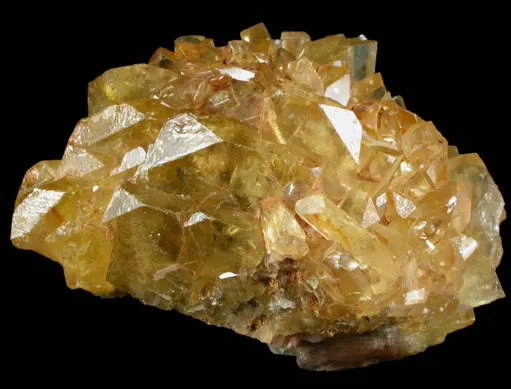
Appearance
Barytes, also known as barite, is a white or colorless mineral that is occasionally tinted with blue, red, yellow, and brown. It is a rhombic crystalline system. Although barytes are usually opaque, it can occasionally be found in transparent crystals.
Geographical Distribution
Every year, an estimated 8 million MT of barite are mined worldwide. About 40% of this production is produced in China, with Morocco (13%), India (20%), and other countries following. Iran, Turkey, Mexico, and the United States are also manufacturers.
History
The radiating shape, also known as Bologna Stone, gained some recognition among alchemists due to examples discovered by Vincenzo Casciarolo in the 17th century close to Bologna. These were calcined till they became phosphorescent.
In 1774, Carl Scheele discovered that baryte included a new element; nevertheless, he was only able to isolate barium oxide and not barium itself. In related investigations, Johan Gottlieb Gahn discovered barium oxide two years later as well. Sir Humphry Davy of England isolated barium for the first time in 1808 by electrolyzing molten barium salts.
The American Petroleum Institute’s API 13/ISO 13500 specification, which controls barite for drilling operations, refers to a substance that satisfies that specification rather than a particular mineral. But in actuality, baryte is typically this mineral.
Metaphysical Properties
High-frequency energy that is attracted to barite has the potential to heal a wide range of mental and physical illnesses. It can facilitate your access to Higher Wisdom and intuition. In shamanic traveling and astral travel, barite is frequently utilized since it helps anchor the spirit in the body.

Chemical Composition
Barite (baryte) is a mineral composed of barium sulfate (BaSO4). The mineral barite (BaSO4) is the principal ore for the element barium, which has the chemical symbol Ba.
Uses
The following are some of the main fields and applications for barite:
- Oil and Gas Industry:
Drilling Fluids: Borate is frequently added to drilling fluids for oil and gas exploration as a weighing agent. Drilling mud’s density is increased by adding barite, which aids in wellbore pressure control and blowout prevention.
Drilling Mud Additive: Barite also modifies the rheology of drilling fluids, assisting in the regulation of the mud’s viscosity and flow characteristics.
- Medical Imaging:
Barium Sulfate Contrast Agent: For imaging tests like CT scans and X-rays, barium sulfate is utilized as a contrast agent. It improves soft tissue visibility and facilitates improved imaging of the gastrointestinal system, blood arteries, and other interior structures when consumed or administered into the body.
- Paints and Coatings:
Paint Filler: Paints, coatings, and primers are made using barite as a filler. It gives a smooth finish, increases opacity, and improves durability.
- Plastics and Rubber:
Filler in Plastics and Rubber: To improve mechanical qualities, flame resistance, and density, barite is added to plastic and rubber goods.
- Construction Industry:
Concrete Aggregate: Barite is a material that can be used as an aggregate in concrete to provide it more density and radiation shielding qualities in places where radiation protection is required, like nuclear power plants and hospitals.
- Glass Manufacturing:
Glass Industry: Barite is used as a fluxing agent in the glass industry to assist lower the melting temperature of glass and enhance its brightness and clarity.
- Paper and Pulp Industry:
Paper Coating: To increase the brightness, opacity, and printability of paper goods, bentonite is employed as a filler in the production of paper and pulp.
- Chemical Industry:
- Chemical Manufacturing: Barium is obtained from barite by producing a variety of chemicals, such as hydroxide, carbonate, and chloride.
Table





